What is a dental milling machine ?
2024-09-23
2025-10-16
CAD/CAM milling machines are at the forefront of a revolution in dental prosthetics production, driving significant advancements in the dental CAD/CAM industry. These machines enable dental professionals to create high-quality restorations with speed and precision, transforming workflows and patient outcomes. In this article, we explore how milling machines are reshaping prosthetics production and their impact on the dental industry in 2025.
CAD/CAM milling machines use digital designs created through CAD software to carve restorations from blocks of materials like zirconia, ceramic, or resin. The process involves:
This workflow allows for same-day restorations, reducing the need for multiple patient visits and external lab work.
The adoption of milling machines has brought several advantages to dental practices:
In 2025, CAD/CAM milling machines are a key driver of the dental CAD/CAM market’s growth, with leading manufacturers like Roland DGA and Amann Girrbach introducing compact, high-performance models. These machines are increasingly affordable, making them accessible to smaller dental practices and labs.
Milling machines are transforming the production of:
While milling machines are game-changers, challenges like maintenance costs and the learning curve for new users persist. However, ongoing innovations, such as automated calibration and integration with 3D printing, are addressing these issues, making milling machines even more efficient.
CAD/CAM milling machines are revolutionizing prosthetics production by offering unmatched speed, precision, and versatility. As the dental CAD/CAM industry continues to evolve in 2025, these machines will remain a cornerstone of digital dentistry, empowering professionals to deliver superior patient care.

Dry & wet milling for zirconia, PMMA, wax with auto tool changer.
learn more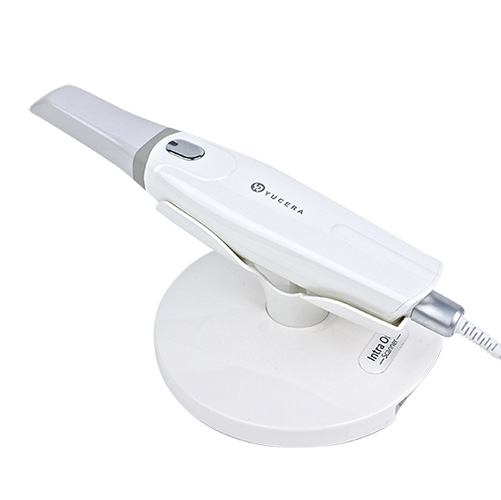
High-precision 3D scanning, AI calibration, full-arch accuracy.
learn more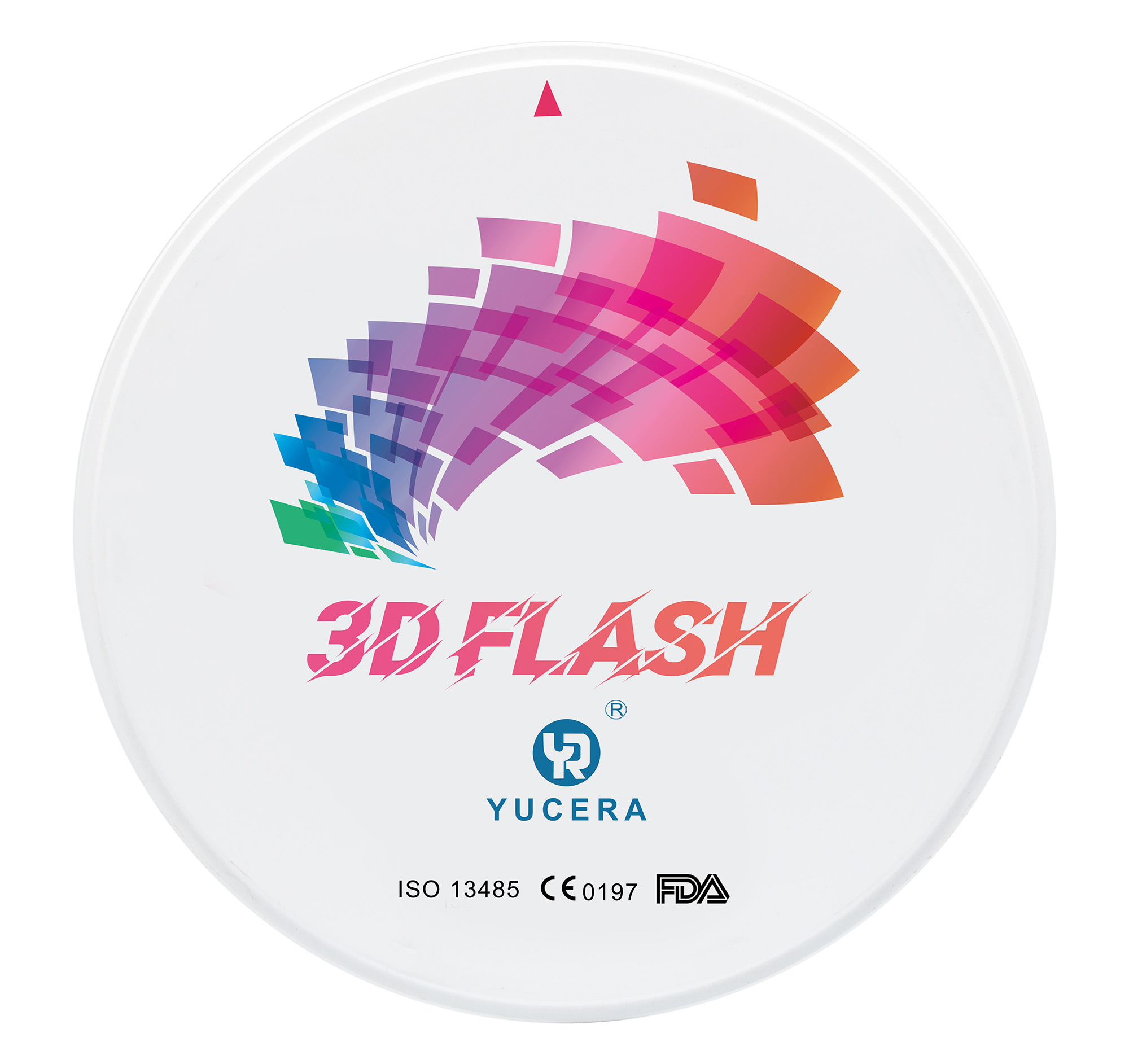
40-min full sintering with 57% incisal translucency and 1050 MPa strength.
learn more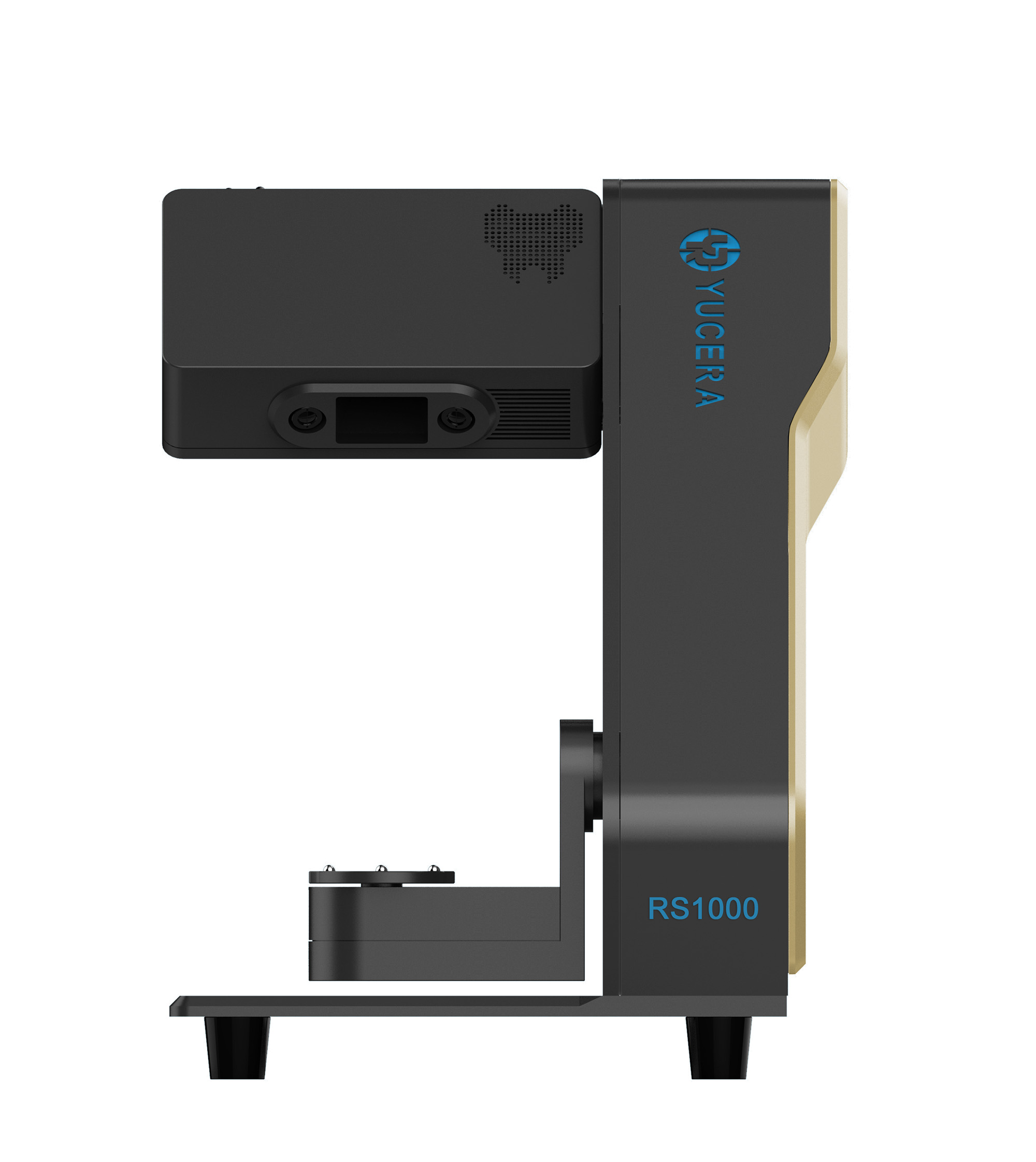
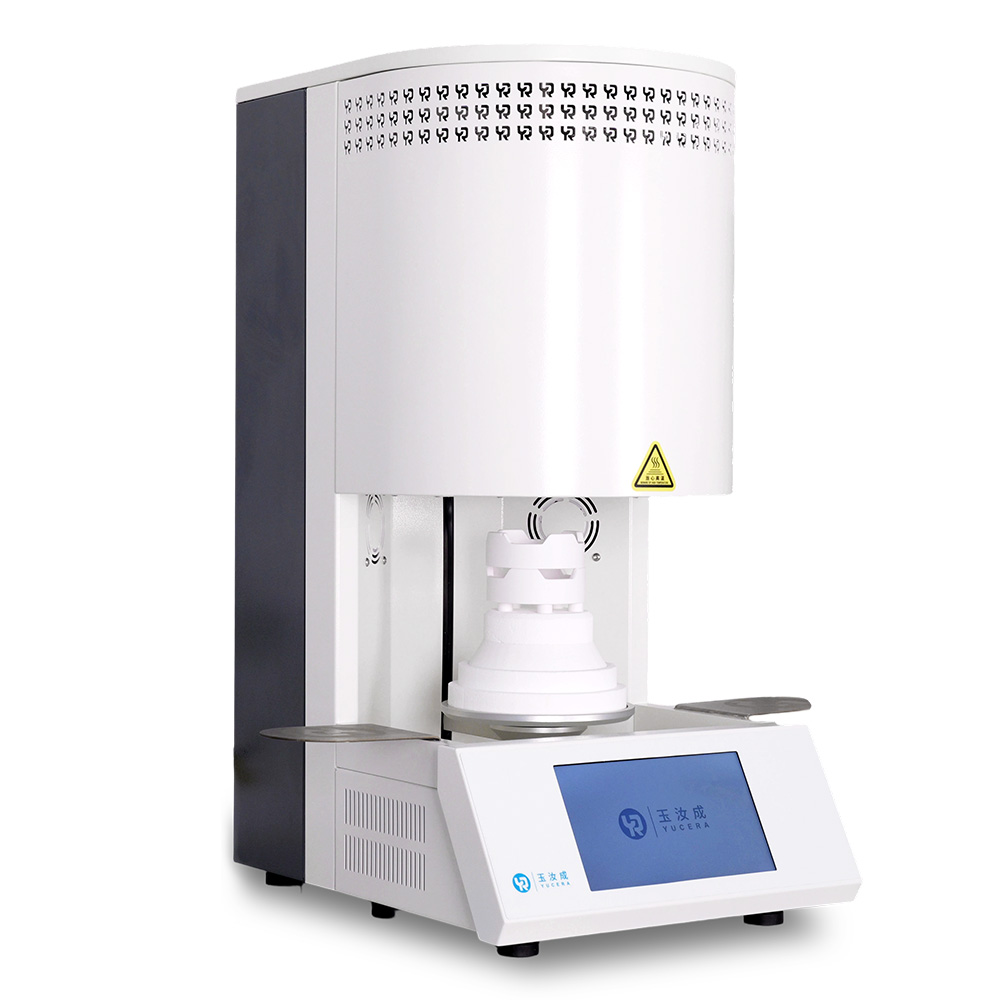
40-min cycle for 60 crowns, dual-layer crucible and 200°C/min heating.
learn more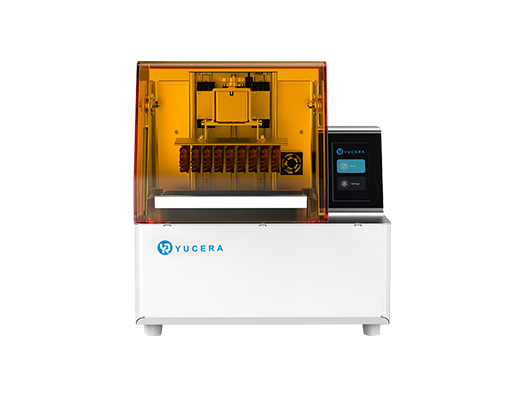
High-speed LCD printer for guides, temporaries, models with 8K resolution.
learn more